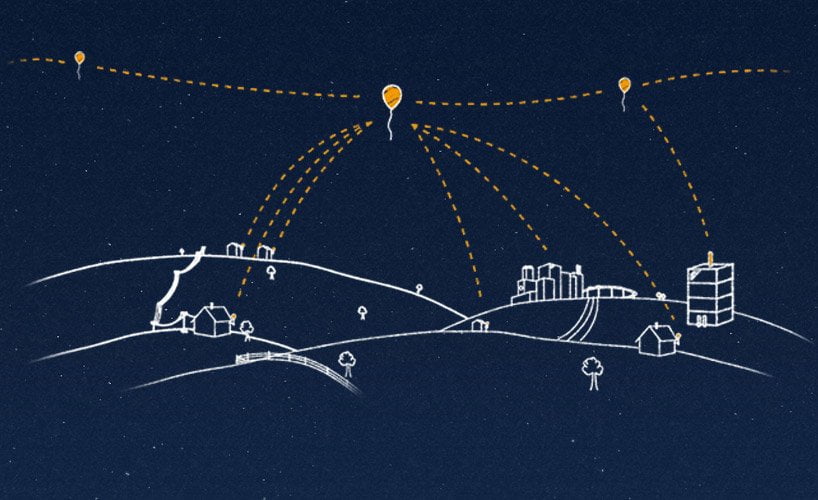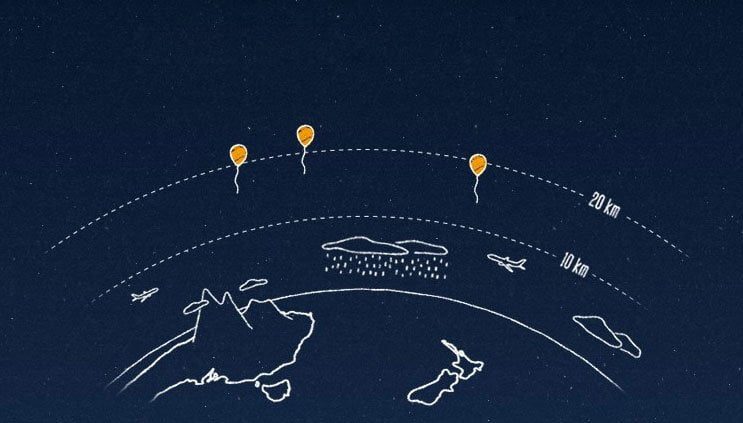Many of us think of the Internet as a global community. But two-thirds of the world’s population does not yet have Internet access. Project Loon is a network of balloons traveling on the edge of space, designed to connect people in rural and remote areas, help fill coverage gaps, and bring people back online after disasters. If you have read about Google’s Project Loon then you may know that Google is planning to send helium balloons around the world and deliver Internet to users in remote areas. The project was started in June 2013 by the top secret Google Division X and now is going for beta phase.
Project Loon: Balloon-Powered Internet For Everyone
A
A

Related Posts
Stay Updated!
Latest News
NADRA Open Courts for Citizens Immediate Issue Resolution
April 17, 2025
Police Foil Attempt to Vandalize KFC in North Karach
April 17, 2025
Haval Pakistan wins hearts with 40% Repair Discount offer
April 17, 2025
Earthquake Jolts Islamabad and Rawalpindi
April 16, 2025
Petrol Prices in Pakistan: Media Sensationalism vs. Reality
April 15, 2025

ABOUT INCPak
For the latest updates, check out our categories: National, World, Information, Education, Technology News, Automotive News, Business Updates, Entertainment, Property, Sports.
For more information about us, visit our About page, or get in touch via our Contact Us page. Read our Privacy Policy
© Copyright 2025, All Rights Reserved | Reproduction of this website's content without express written permission from Independent News Coverage Pakistan - INCPak is strictly prohibited.
MUST FOLLOW
Independent News Coverage Pakistan - INCPak © 2025

















